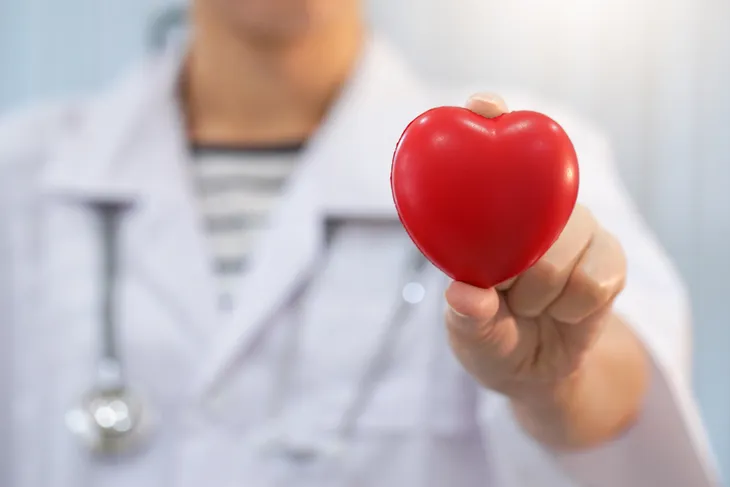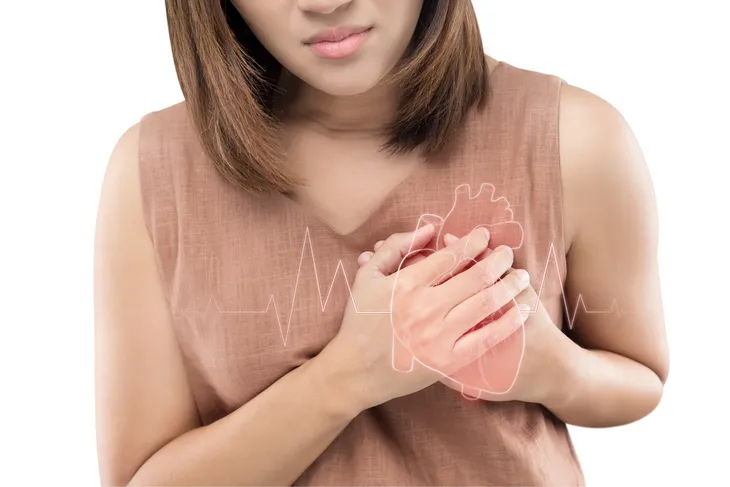Heart disease is often associated with men, but it’s actually the leading killer of women in the United States. In 2013, nearly 300,000 women died as a result of heart disease, representing roughly one-quarter of all deaths involving women.
In fact, statistics from the Centers for Disease Control (CDC) show that approximately the same amount of women as men die as a result of heart disease each year in the United States. Unfortunately, not all Americans identify the threat heart disease poses to women. A recent study showed that only about half of women knew that this illness was their gender’s number one killer. So, what do women need to know about heart disease in order to say safe?
1. Heart Disease Affects Women of all Races
The United States is a highly multicultural society and heart disease, generally speaking, plays no favorites when it comes to affecting different racial groups. It’s currently the leading cause of death among African American and Caucasian women living in the country.
It’s also a potent threat to Hispanic women, who are equally threatened by cancer and heart disease. As for indigenous and Asian or Pacific Islander women, only cancer takes more lives each year than heart disease.
2. Heart Disease Can Develop Suddenly
The hope for any woman who develops heart disease is that the issue can be detected and treated early, giving the patient time to beat the disease. Unfortunately, that’s not always how it works out.
In fact, almost two in three women who die suddenly of heart failure exhibited no symptoms prior to their deaths. That means they didn’t appear weak, tired, out of breath, or in any noticeable way to be struggling with a heart condition. That’s why health experts recommend women be checked regularly for issues related to heart disease, such as high blood pressure.
3. Heart Disease Symptoms Vary in Women
While many women succumb to heart disease without showing any symptoms, there are physical signs that heart disease has developed in the body. For example, many women experience angina, which is associated with intense chest pain and discomfort.
Other symptoms include neck, throat, and jaw pain or discomfort affecting the upper abdomen and back. These symptoms can emerge at just about any time, including during physical activity or even rest. It’s worth noting that women dealing with heart disease are more likely than men to report pain in the chest, neck, jaw, throat, abdomen and back than their male counterparts.
4. It’s Often Accompanied by Arrhythmia
According to the Heart and Stroke Foundation, one of the most common symptoms of heart disease in women is arrhythmia, a condition that’s associated with the feeling that the chest is fluttering about. In reality, this fluttering can be related to heart palpitations, which can indicate that the heart is not functioning as it should be.
Heart disease can cause your heart to either speed up or slow down to irregular levels. Both results come with their own set of complications that, if left untreated, could worsen and make physical activity especially difficult. If you feel your heart may be beating differently than before, be sure to consult a physician immediately.
5. Heart Disease Can Lead to Stroke
Those outside the medical profession don’t always make the connection between heart disease and stroke but, in fact, they are highly intertwined conditions. That’s because a stroke is caused when the blood flow to the brain is disrupted and this is often the result of problems with the heart caused by heart disease.
The symptoms of stroke, according to MedicalNews.com include sudden weakness, difficulty moving, numbness in the face and extremities, confusion and trouble speaking. It can also lead to loss of stability and may even cause the afflicted to lose consciousness. If you or someone you know shows the signs of a stroke, seek medical assistance immediately.
6. There Are Many Risk Factors
Women can raise their chances of developing heart disease by smoking, drinking excessively, or consuming drugs that affect the regular activity of the heart. Poor diet can also play a huge role in the development of heart disease and becoming overweight or obese can put undue strain on the heart, weakening it.
This is why physicians recommend their patients eat healthy foods (i.e., as fruits, vegetables, lean meats and whole grains), exercise regularly, limit their consumption of alcohol, and avoid drugs and smoking. Of course, regular checkups with your doctor are also important.
7. It Can be Genetic
Eating healthy, exercising regularly, avoiding smoking and keeping alcohol consumption to one drink per day or less can significantly reduce a woman’s chances of developing heart disease. Unfortunately, there’s one factor that can’t be helped: genetics.
Heart disease, like many other health conditions, is heritable, meaning it can be passed from one generation to the next. That’s why it’s important for every woman to have a conversation with their parents, siblings, grandparents, etc., about the existence of heart disease in the family.










